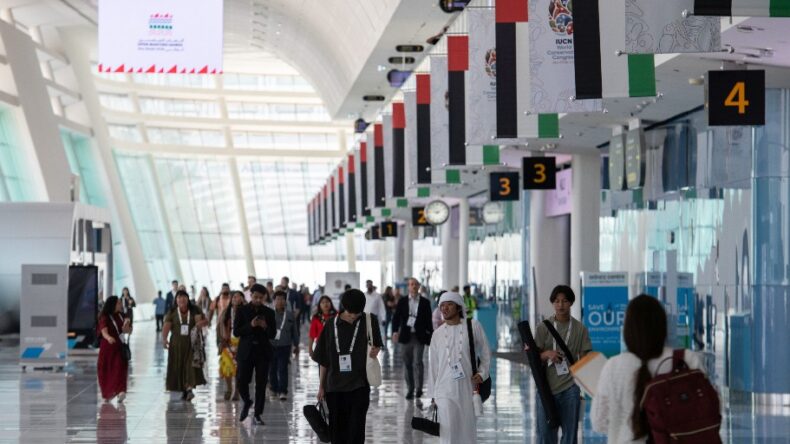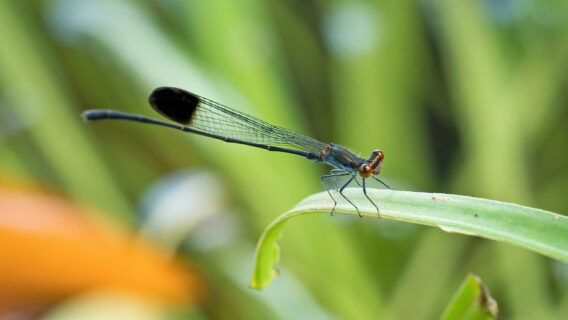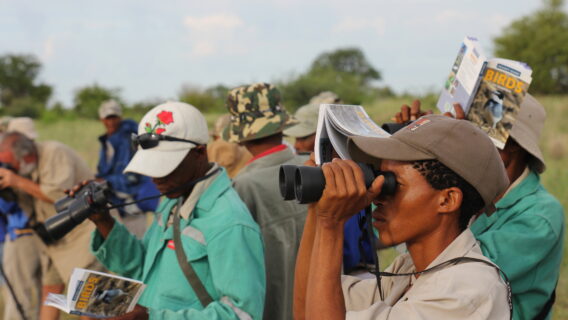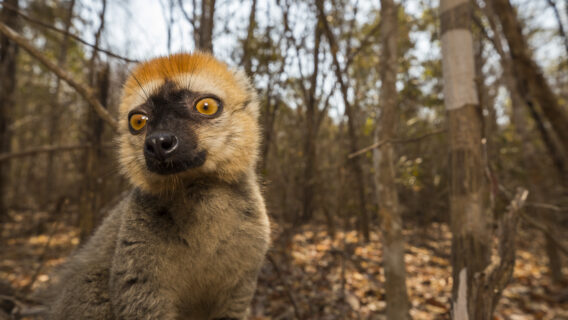Powering transformative conservation: Species Conservation Action at IUCN Congress 2025
From 9–13 October in Abu Dhabi, the IUCN Congress will gather thousands of conservation leaders to accelerate solutions for biodiversity, climate, and people. Join IUCN’s Species Conservation Action (SCA) team as we showcase how scalable, inclusive, and high-impact conservation action is turning global ambition into local reality.
See our events below | Full event lineup | About Congress
Why conservation action matters
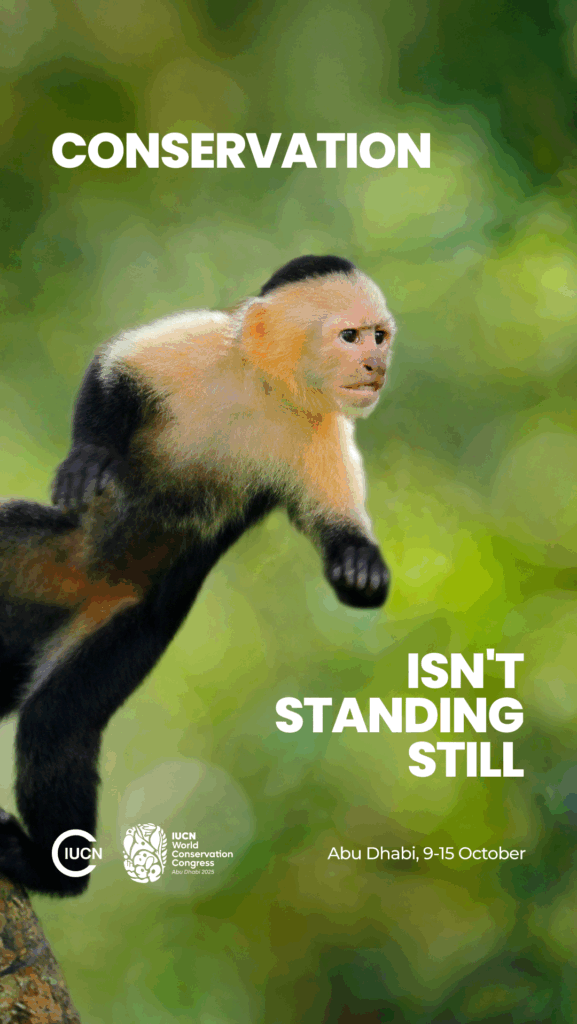
The IUCN World Conservation Congress 2025 comes at a defining moment. With global biodiversity declining at unprecedented rates and the climate crisis intensifying, urgent and transformative conservation action has never been more vital. Congress calls for bold solutions that unite science, policy, innovation, and equity to safeguard nature while ensuring sustainable futures for people.
Our work demonstrates that when local voices, global partnerships, and innovative tools come together, conservation can drive lasting change — for species, habitats, and people.
Take a look at the sessions below that illustrate how practical, inclusive solutions can accelerate progress toward global biodiversity and climate goals by 2030.
——————————————————————————————————————–
Five key takeaways for conservation
At the heart of the discussions was one common goal: turning biodiversity ambition into measurable action for species, habitat, and people. Across pavilions, plenaries, and hands-on learning sessions, one message resonated clearly: conservation action works, and scaling it equitably is the key to transformative change.
Key takeaways from our highlight sessions
From field-tested innovations to inclusive governance, our six flagship sessions demonstrated how practical, equitable, and scalable solutions are driving measurable results for biodiversity, climate, and people.
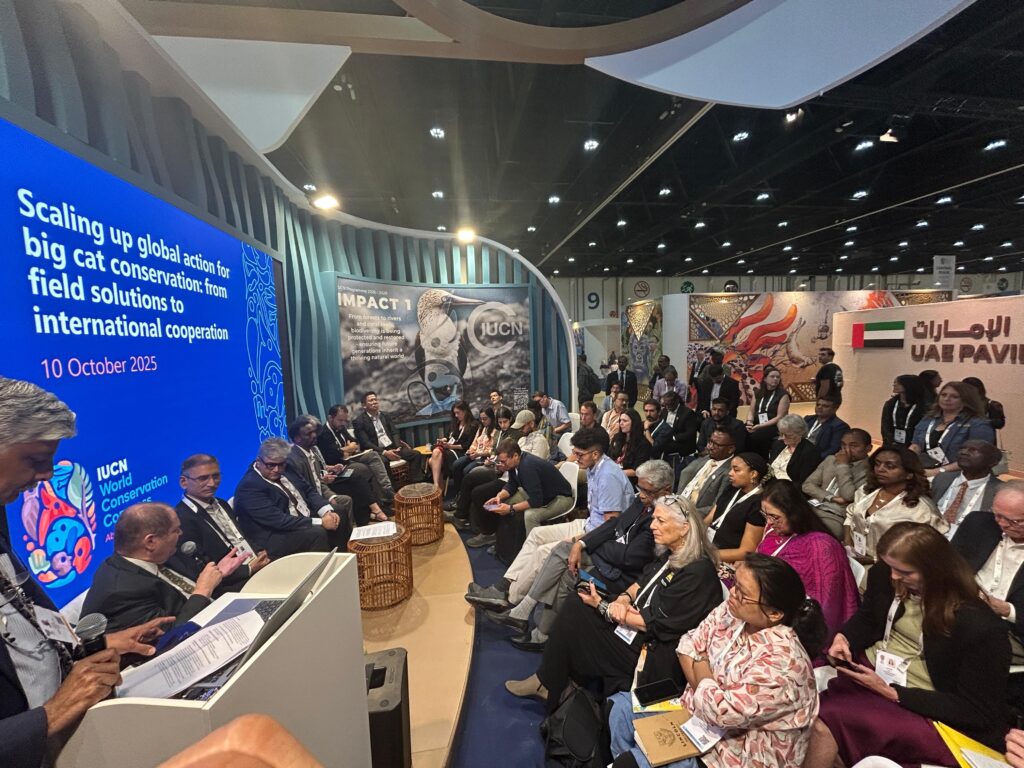
Scaling up global action for big cats: From field solutions to international cooperation
This session brought together global leaders and practitioners from tiger, lion, jaguar, leopard, and snow leopard ranges to explore how to scale recovery. Speakers highlighted community-led protection, innovative insurance schemes, and sustainable financing, showing that big cat conservation thrives when global cooperation meets local leadership.
Key takeaways:
- Strengthen collaboration across borders through platforms such as the International Big Cats Alliance.
- Develop sustainable financing mechanisms to ensure long-term conservation.
- Empower local communities as custodians and partners in wildlife stewardship.
- Integrate species recovery into broader social and economic agendas to align conservation with livelihoods.
- Programmes such as the Integrated Tiger Habitat Conservation Programme (ITHCP) provided proof of concept, protecting over five million hectares across Asia while fostering coexistence between people and predators.
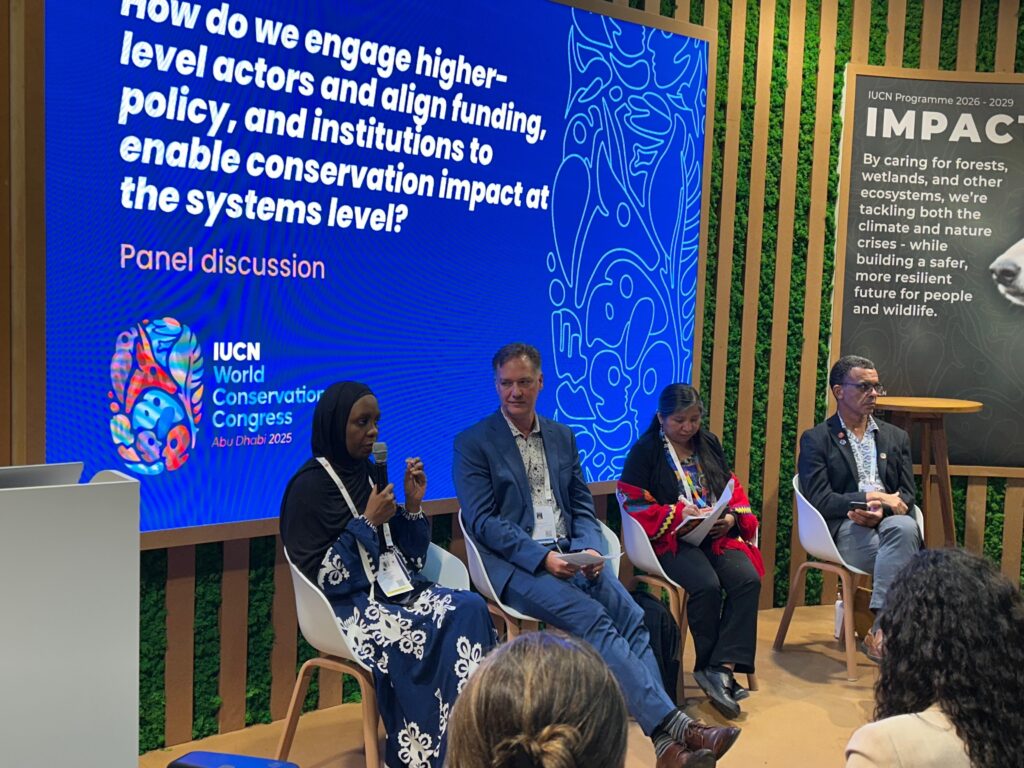
A biodiversity revolution: Scaling species conservation for biodiversity, climate and people
This session reframed species conservation as a cornerstone for addressing global crises. Participants called for moving beyond pilot projects toward systemic transformation — linking species recovery to climate adaptation, food security, and livelihoods.
Key takeaways
- Scale out: Expand conservation reach across regions and landscapes.
- Scale up: Embed species outcomes into policy, finance, and governance frameworks.
- Scale deep: Root action in cultural and behavioural change led by local and Indigenous leadership. Examples included community-led mangrove restoration in Asia and species reintroductions driving ecosystem regeneration in Africa. Scaling means depth and influence, not just geography.
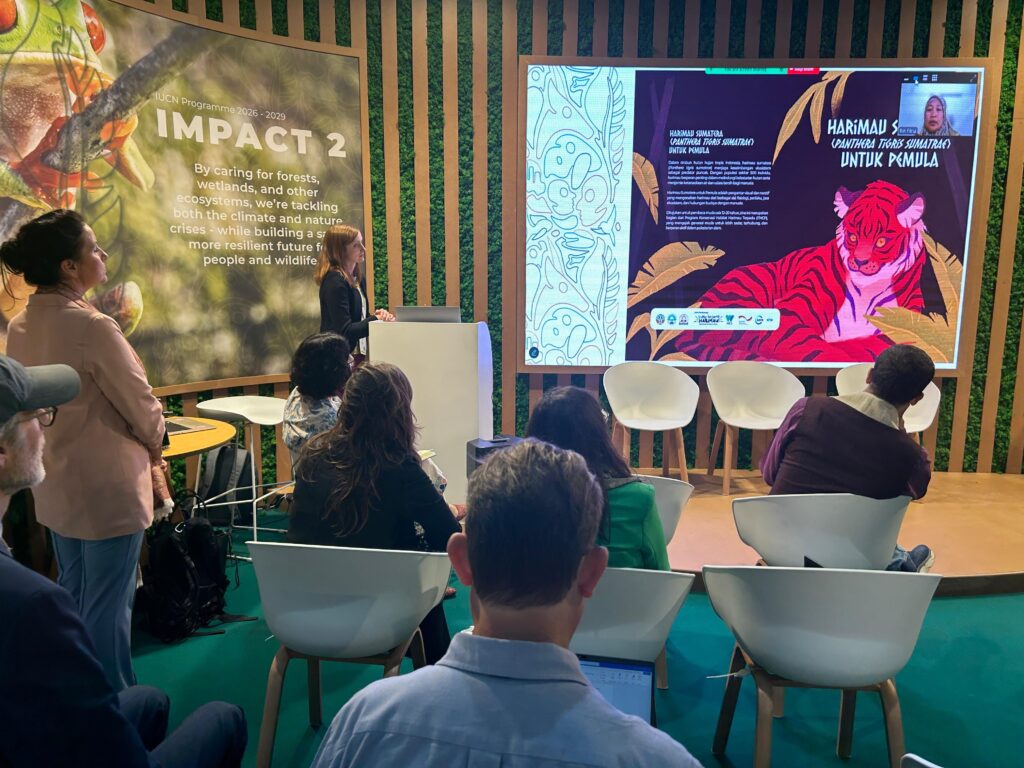
Strengthening IP&LC Leadership in tiger conservation: Voices from the landscape
In an evening rich with storytelling and lived experience, Indigenous and local leaders from tiger-range countries shared how traditional knowledge and rights-based governance models are shaping resilient landscapes. From Nepal to Malaysia, speakers underscored that coexistence is possible when Indigenous Peoples and Local Communities (IPLCs) are equal partners, not beneficiaries, in conservation.
Key takeaways
- Recognise IPLCs as custodians with decision-making power.
- Move from consultation to co-creation, embedding rights recognition and benefit-sharing into conservation planning.
- Integrate traditional and scientific knowledge to strengthen resilience and coexistence.
- Donors and agencies were urged to invest in community-driven models that uphold justice and equity at every stage of tiger conservation.
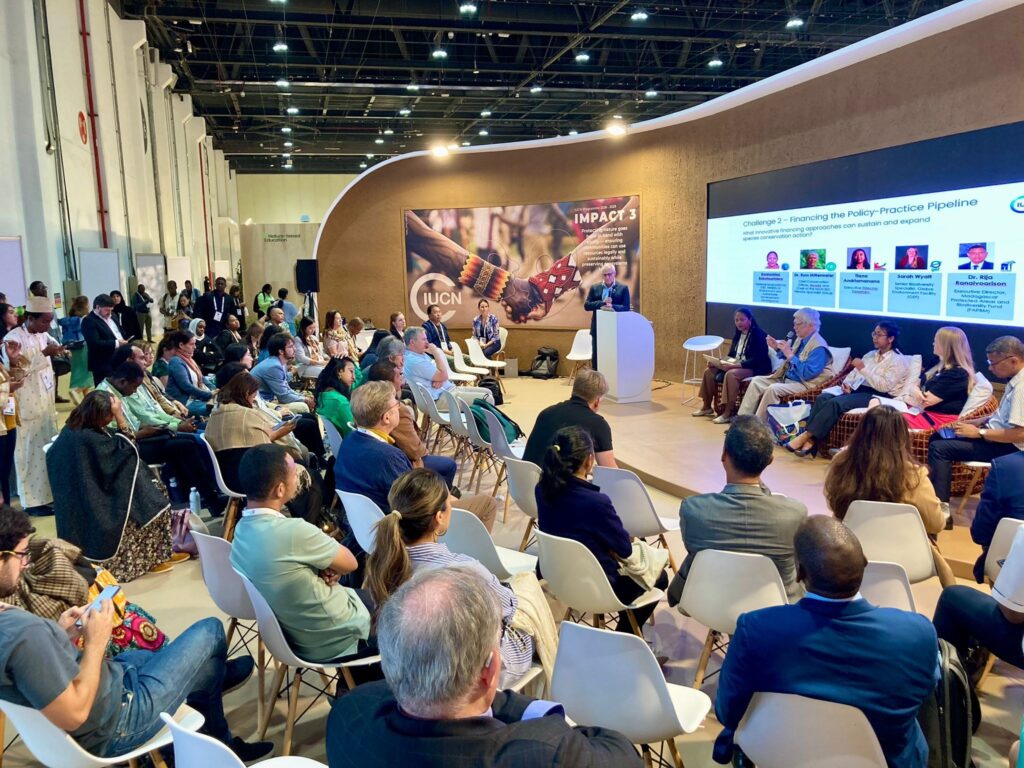
Species conservation in Madagascar: from NBSAPs to local action for species, habitats and people
Madagascar’s story resonated as a microcosm of the global biodiversity challenge: exceptional endemism under acute threat. Panelists from government, NGOs, and community networks explored how national strategies, including the updated National Biodiversity Strategy and Action Plan (NBSAP), National Species Plan and Invasive Species Action Plan, can translate into tangible, locally led results.
Key takeaways
- Position species conservation at the centre of national priorities.
- Strengthen local capacity through community-managed protected areas.
- Harness sustainable financing and nature-positive industries like ecotourism.
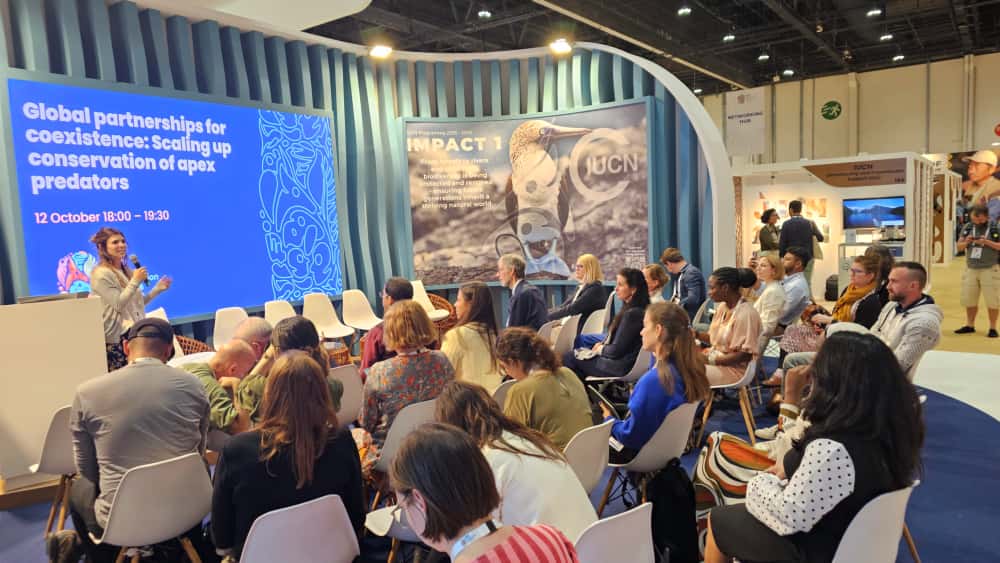
Global partnerships for coexistence: Scaling up conservation of apex predators
This dynamic discussion showed that protecting apex predators yields ripple effects across ecosystems — safeguarding corridors for countless other species. Presentations from partners and regional agencies demonstrated how integrating ecological connectivity, conflict mitigation, and community incentives can foster coexistence.
Key takeaways
- Address human–wildlife conflict before predator recovery to anticipate social challenges.
- Involve communities as co-designers of coexistence strategies.
- Build large-scale partnerships that link area-based conservation with livelihood and safety measures.
ITHCP was highlighted as a large-scale model that couples species recovery with community engagement, showing that coexistence and conservation must advance hand in hand.
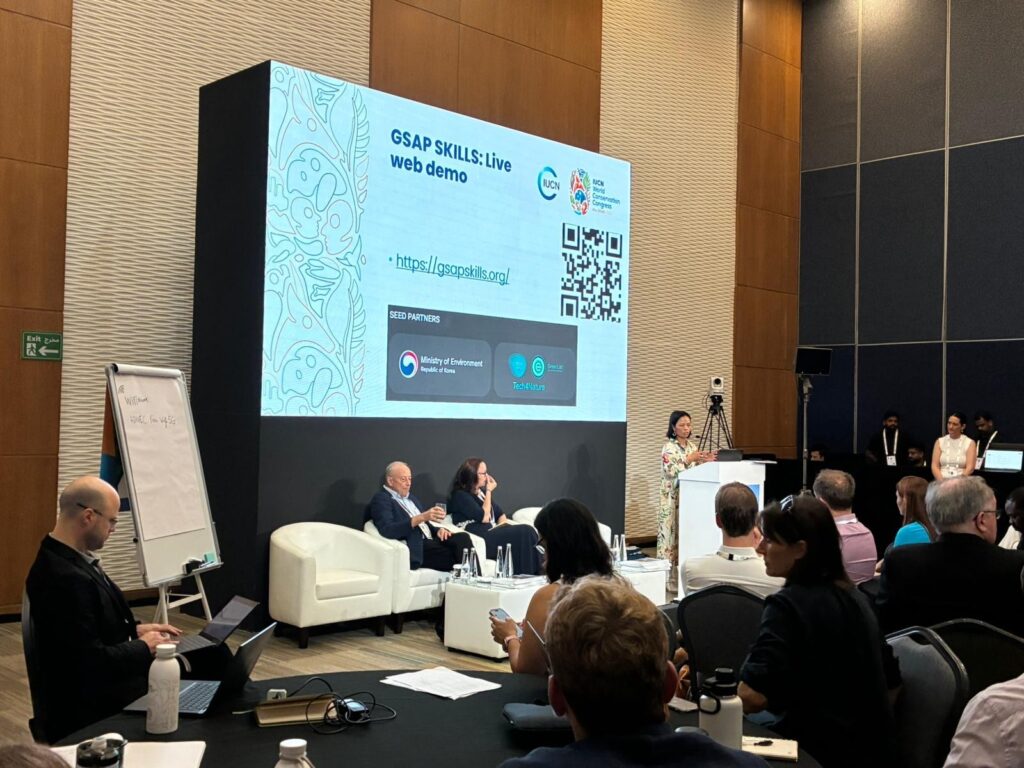
Global Species Action Plan Online Knowledge Platform: one stop shop for conservation tools
This forward-looking session introduced the Global Species Action Plan (GSAP) SKILLS Online Knowledge Platform, a centralised, open-access resource designed to help countries and practitioners translate the Global Biodiversity Framework (GBF) and National Biodiversity Strategies and Action Plans (NBSAPs) into measurable conservation outcomes.
Key takeaways
- From targets to action: The GSAP provides the “how”, clear, evidence-based guidance to turn GBF targets into field-ready actions.
- Tools and training at your fingertips: The SKILLS Platform consolidates practical resources, capacity-building materials and expert insights to support governments, NGOs, and practitioners worldwide.
- Collaboration drives impact: GSAP is a living, evolving resource that grows through collective input from conservation partners and field experts.
——————————————————————————————————————–
Latest Congress news
Stay up to date with the latest coverage from Abu Dhabi. We’ll be sharing stories, highlights, and outcomes throughout the week:
- The Abu Dhabi Call to Action, 15 Oct
- IUCN World Conservation Congress concludes in Abu Dhabi with ambitious vision for nature conservation, 15 Oct
- People of the Oceans Breakthrough: Landmark Step for Indigenous Leadership at IUCN World Conservation Congress, 14 Oct
- IUCN welcomes over 100 new Members at the 2025 World Conservation Congress in Abu Dhabi, 14 Oct
- Tuvalu joins IUCN as newest Pacific Island State Member, 14 Oct
- IUCN Members adopt 20-year Vision and four-year Programme for the Union, 13 Oct
- New GEF programme set to deliver grants up to USD 300,000 for civil society-led environmental action, 13 Oct
- Panama to host next World Protected and Conserved Areas Congress in 2027, 12 Oct
- International Ranger Awardees honoured at the 2025 IUCN World Conservation Congress, 11 Oct
- Mounting risks threaten survival of wild European pollinators – IUCN Red List, 11 Oct
- Escalating climate threats, invasive alien species and pathogens leave natural World Heritage at risk, 11 Oct
- Global Conservation Leaders Gather at the IUCN World Conservation Congress in Abu Dhabi for “Nature’s Promise for Climate and People” Dialogue Ahead of COP30, 10 Oct
- Comprehensive update to the world’s biodiversity hotspots project begins, 11 Oct
- Arctic seals threatened by climate change, birds decline globally – IUCN Red List, 10 Oct
- The nature of success: Stories of impact from IUCN’s collaboration with businesses, 10 Oct
- IUCN launches the Second Edition of the IUCN Global Standard for Nature-based Solutions™, 10 Oct
- IUCN launches new RHINO approach (Rapid High-Integrity Nature-positive Outcomes) in global charge to deliver critical nature action, 10 Oct
- IUCN welcomes Armenia as its newest State Member, 10 Oct
- IUCN World Conservation Congress opens in Abu Dhabi, 9 Oct
- IUCN and IRENA join forces to advance renewable energy solutions that work for nature and people, 9 Oct
- Inaugural Philanthropy for Nature Summit highlights its role in conservation today, 8 Oct
- IUCN Academy launches new suite of courses ahead of the IUCN Congress 2025, 6 Oct
- IUCN and BBC Media Action announce media partnership for World Conservation Congress | 17 Sep
- Major announcements previewed ahead of IUCN World Conservation Congress | 1 Sep
Check back regularly — this section will be updated daily with fresh news and stories from the Congress floor.
——————————————————————————————————————–
Spotlight: Fondation Segré Conservation Action Fund impact report
Released on 7 October 2025, just ahead of the IUCN World Conservation Congress, the new Fondation Segré Conservation Action Fund Impact Report celebrates years of collaboration between IUCN Save Our Species and Fondation Segré to protect overlooked and threatened species around the world.
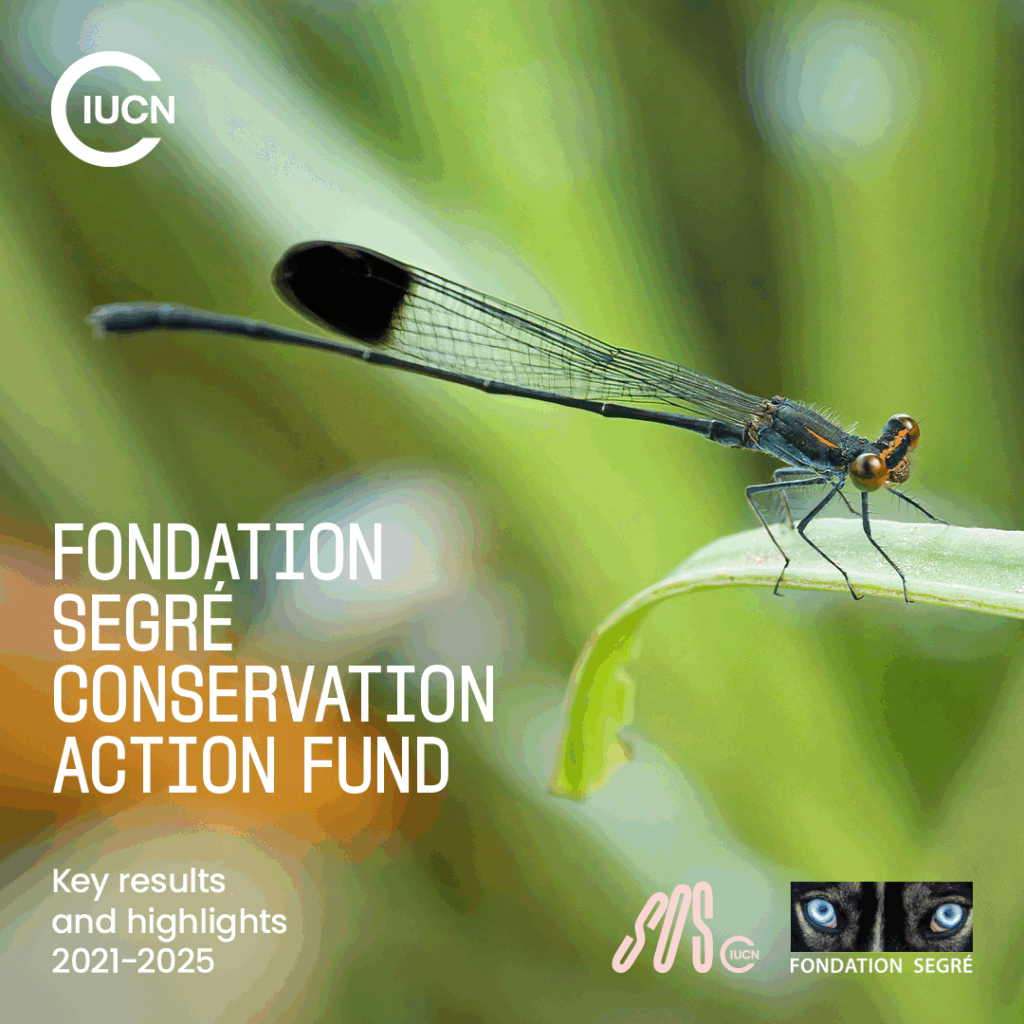
The report showcases how small, strategic grants can deliver big conservation impact — supporting both biodiversity and local livelihoods. Through a combination of research and action grants, the Fund empowers local organisations to implement species conservation projects across 41 countries, helping to restore habitats, strengthen community stewardship, and inform national biodiversity strategies.
——————————————————————————————————————–
Explore our Congress events
Thursday 9 October
- 14:30-15:15 | Tackling invasive alien species across the EU | IDEA Campaign & IUCN Eastern Europe and Central Asia Regional Office
- 15:30-16:10 | Conservation funding: Empowering action through small grants | Organised by the Mohamed bin Zayed Species Conservation Fund | Forum Learning Zone, Conference Hall B: Session Room 9
- 17:00-19:00 | One Health: Tools to integrate human, environmental, and wildlife wellbeing | Forum Learning Zone, Conference Hall B: Session Room 8
Friday 10 October
- 09:30-10:10 | Global Species Action Plan Online Knowledge Platform: one stop shop for conservation tools | Forum Learning Zone, Conference Hall B: Session Room 10
- 10:30–12:00 | Scaling up global action for big cats: From field solutions to international cooperation | IUCN Programme Pavilion R1
- 15:00–16:30 | A biodiversity revolution: Scaling species conservation for biodiversity, climate and people | IUCN Programme Pavilion R2
- 17:30-19:00 | Using lessons, guidelines, tools and knowledge products to enhance capacity for biodiversity monitoring for conservation | Organised by the Species Survival Commission | Forum Learning Zone: Tools for Nature
- 19:30–21:00 | Strengthening IP&LC Leadership in tiger conservation: Voices from the landscape | IUCN Programme Pavilion R2
Saturday 11 October
- 08:30-10:30 | Better grant-making: Exploring best practices and knowledge sharing for grant-making facilities | Forum Learning Zone, Conference Hall B: Session Room 9
- 09:30-10:10 | Mobilising the role of wild animals in ecosystems as a climate solution | Organised by the International Fund for Animal Welfare | Forum Learning Zone, Conference Hall B: Session Room 11
- 10:30-12:00 | Communications for conservation action: Advancing effective communications for conservation impact | IUCN Programme Pavilion R1
- 11:00-12:30 | Linking conservation translocation goals with strategic monitoring to increase responsible conservation action | Organised by the Smithsonian Institution | Forum, Conference Hall B: Session Room 10
- 14:00-15:00 | Delivering on Goal A and Target 4 (Nationally) | Reverse the Red Pavilion
- 15:00–16:30 | Species conservation in Madagascar: From NBSAPs to local action for species, habitats and people | IUCN Programme Pavilion R3
- 16:00-17:00 | Corporations supporting conservation action | Reverse the Red Pavilion
Sunday 12 October
- 10:30-12:00 | Small grants for big impact: African CSOs and donors in dialogue | IUCN Programme Pavilion R2
- 11:00-12:30 | Scaling up CSO-led environmental solutions : Launch of the GEF small grants program CSO challenge | Organised by the Global Environment Facility (GEF) | CS-Conservation Action
- 18:00–19:30 | Global partnerships for coexistence: Scaling up conservation of apex predators | IUCN Programme Pavilion R1
Monday 13 October
- 11:00-12:00 | Scaling up conservation action through the IUCN GSAP and Online Platform for better species outcomes | Republic of Korea Pavilion
- 12:00–13:30 | Granting conservation a chance: Exploring the impact of IUCN’s grant-making programmes | IUCN Programme Pavilion R2
- 13:00-13:45 | African visions driving conservation futures | IUCN Africa Pavilion
- 15:00-16:30 | How to scale up species conservation action innovatively and achieve greater impact for all? | Nature Positive Pavilion

